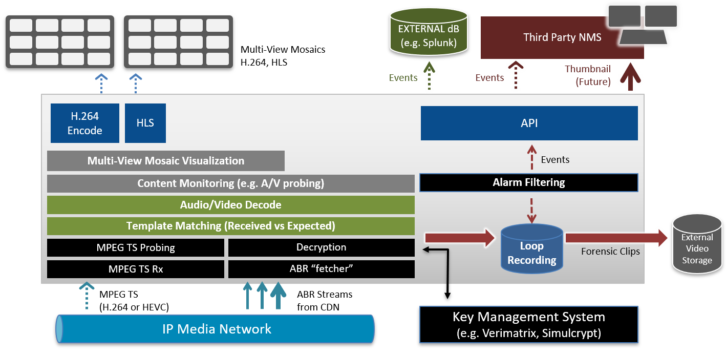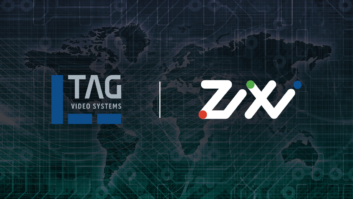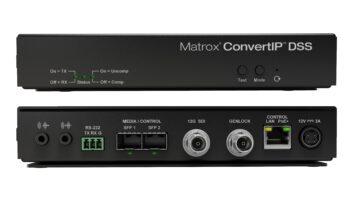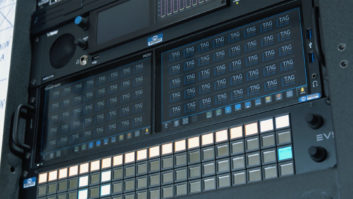Background
As we’ll learn, Globecast made the decision to use TAG Video Systems following a showcase at NAB 2015 and has since deployed the tool in its media centres around the world. For context, it’s important to understand the scale of Globecast’s operations.
The company is a global solutions provider for media, delivering more than 4,000 channels to satellite platforms worldwide from eight Teleports around the globe.
The organisation employs over 700 people across five continents who deal with thousands of video signals each month. Four Media Centres, based in Los Angeles, London, Paris and Singapore, provide media management, playout and distribution for both permanent services and ad-hoc sports events.
Globecast also maintains a fleet of uplink vehicles, including Electronic News Gathering (ENG) and Satellite News Gathering (SNG) trucks, which are hired out for a wide variety of events. The company uses a mixture of traditional on-premise technologies and emergent cloud solutions for B2B Tier 1 Media clients.
The challenge
As head of engineering for Globecast UK, Jonathan Morley oversees the facilities’ technology and provides support for existing solutions in traditional baseband, playout, IT and IP networking. Morley also helps with the evaluation and procurement of new technologies for the company’s various locations worldwide. As the industry evolves to IP, he sought monitoring and probing solutions as part of Globecast’s ongoing migration from its traditional baseband infrastructure.
The solution
“We first deployed TAG in 2015 in Los Angeles after seeing a demo at the NAB trade show in Las Vegas. TAG has proven to be an extremely powerful tool for us in our media centres around the globe.”
Jonathan Morley
Globecast first deployed TAG in its Los Angeles media centre in 2015 for new IP-based contracts which allowed them to bypass the need for expensive baseband SDI infrastructure for monitoring services on traditional multiviewers. Morley began to deploy TAG at its London media centre in 2017 as part of an ongoing project to streamline processes away from SDI-based infrastructure. And in mid-2017 Globecast, together with UK’s Techex, deployed a TAG solution in Moscow to monitor 16 channels for a Tier 1 client located in London – which was then brought back over an ARQ link for permanent analysis back at both Globecast’s media centere in London, and at the client’s HQ in London. TAG has also been deployed at Globecast media centres in Paris and Singapore, as well as being a go-to platform for ad-hoc events in master control Rooms at various sports tournaments over the past two years.
Results
“The key benefit I see in TAG is its agility and versatility. The solution is relatively easy to deploy by Tier 2 Engineering staff, and the pricing model gives us optimisation over more traditional SDI videowalls, which require the use of expensive and space consuming IRDs and coax cable.”
Jonathan Morley

With TAG everything is configured over Ethernet, and as Globecast’s services continue to move towards IP delivery, it becomes much easier to keep everything in the IP domain for monitoring. As the organization moves towards more cloud-centric operational configurations, TAG probes are proving highly versatile and easy to deploy strategically in any given data centre around the world.
Looking forward
Globecast Singapore has deployed TAG at the main uplink facility in the UK to monitor 20 playout channels remotely, brought back for the control room displays in Singapore. There are plans, however, to add more services ‘in-region’ via TAG in 2020.








